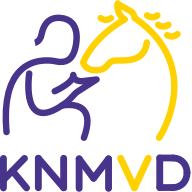punten
Beyond the pale: practical use of in-clinic hematology and erythrocyte morphology in the anemic patient.
In-clinic, automated flow cytometry hematology instruments provide valuable information in the diagnosis of anemia, especially those that provide a reticulocyte count that allows separation of regenerative and nonregenerative anemias. Depending on the instrument, additional information can be obtained by viewing dot plots, including false reticulocytosis and the presence of a subpopulation of presumptive erythrocyte fragments. […]
In-clinic, automated flow cytometry hematology instruments provide valuable information in the diagnosis of anemia, especially those that provide a reticulocyte count that allows separation of regenerative and nonregenerative anemias. Depending on the instrument, additional information can be obtained by viewing dot plots, including false reticulocytosis and the presence of a subpopulation of presumptive erythrocyte fragments. Knowledge of erythrocyte morphology can provide valuable information not identified by conventional flow cytometry instruments. This includes the presence of infectious agents and inclusions, and the presence of abnormal erythrocyte shapes, including spherocytes, acanthocytes, schistocytes, eccentrocytes, and others. These various morphologic abnormalities have required microscopic examination of stained blood films, which are only done in-house in a low percentage of veterinary practices. The development of new in-clinic image analysis systems has the potential to identify morphologic abnormalities that will allow for more definitive diagnosis of anemia, and consequently, more appropriate therapies.
